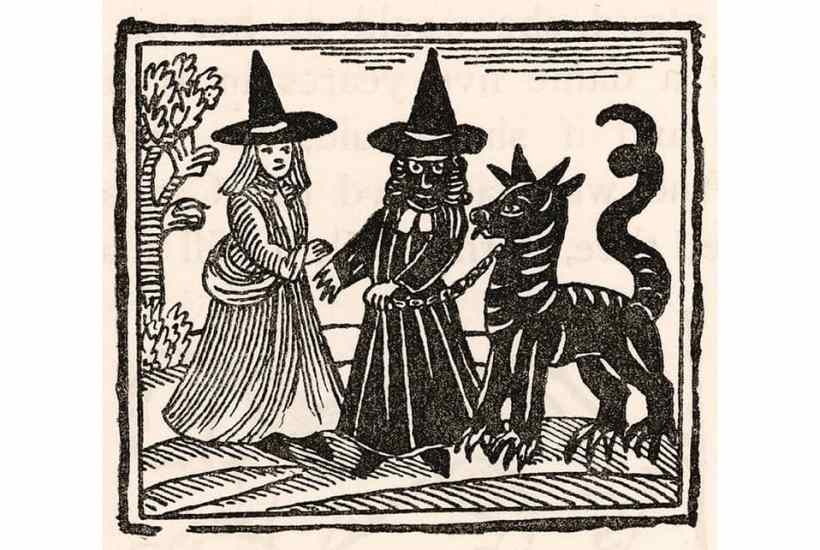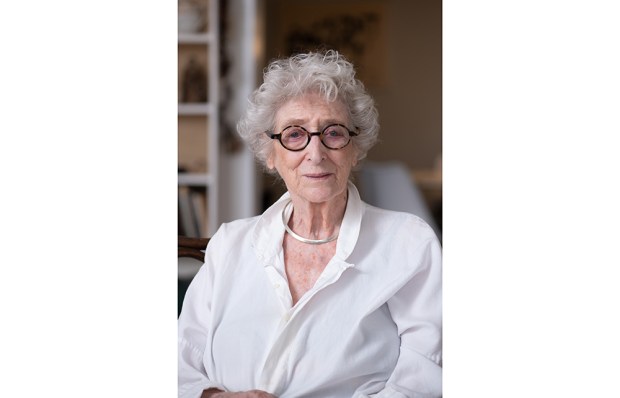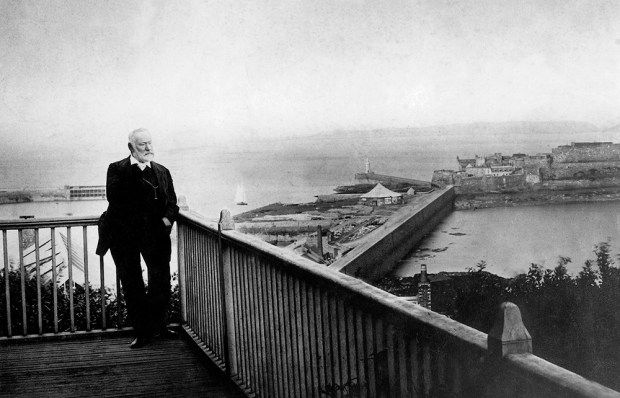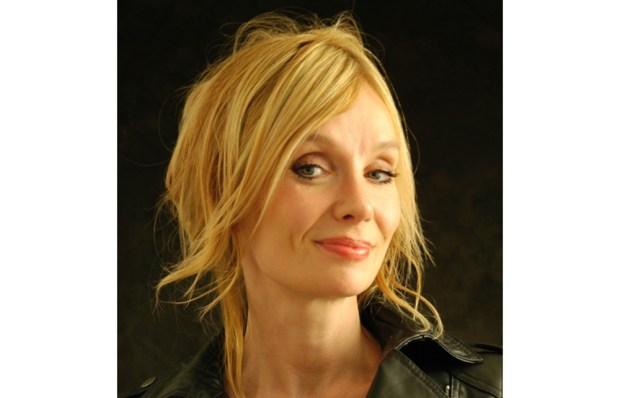‘Witch-hunt’ has become a handy metaphor for online persecutions, especially of women, though these days it is reputations that go up in flames rather than bodies. The mob mentality behind the phenomenon may not have changed as much as the medium or the mindset. In retelling a celebrated case from Elizabethan England, Jill Dawson enters thoroughly into her characters’ religious world view, while giving a meaningful glance at the issues of today.
Already a subscriber? Log in
Subscribe for just $2 a week
Try a month of The Spectator Australia absolutely free and without commitment. Not only that but – if you choose to continue – you’ll pay just $2 a week for your first year.
- Unlimited access to spectator.com.au and app
- The weekly edition on the Spectator Australia app
- Spectator podcasts and newsletters
- Full access to spectator.co.uk
Or
Unlock this article
You might disagree with half of it, but you’ll enjoy reading all of it. Try your first month for free, then just $2 a week for the remainder of your first year.














Comments
Don't miss out
Join the conversation with other Spectator Australia readers. Subscribe to leave a comment.
SUBSCRIBEAlready a subscriber? Log in